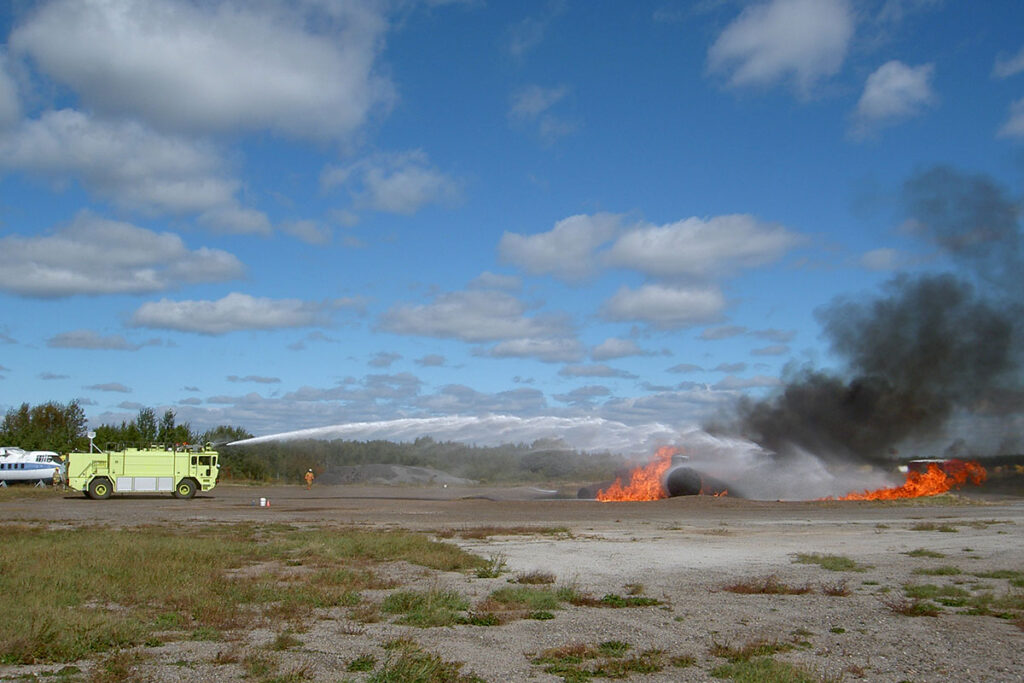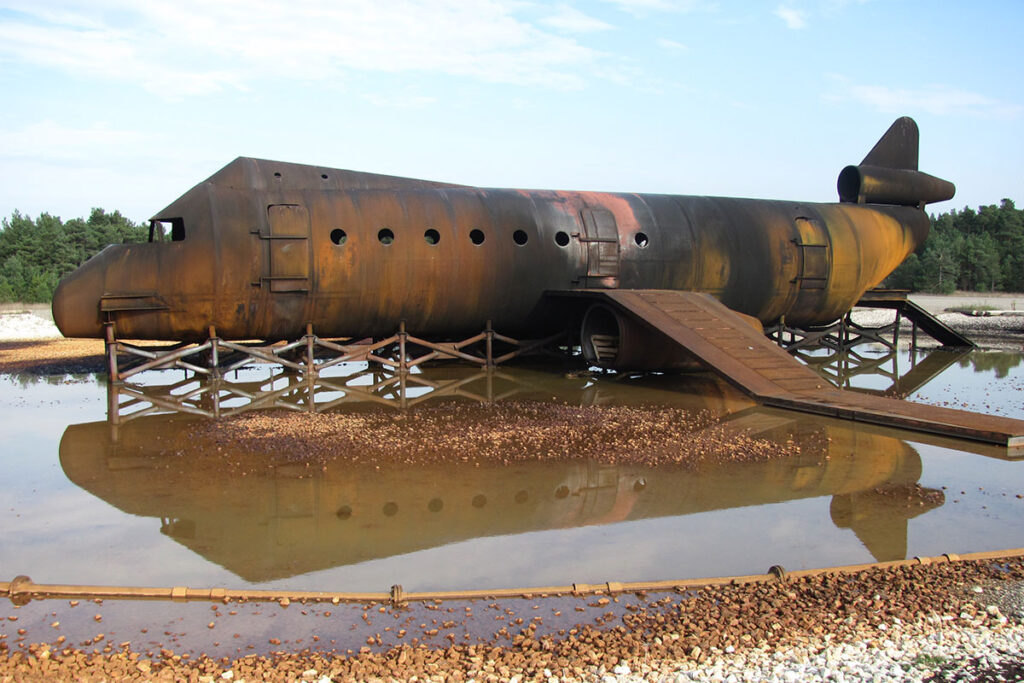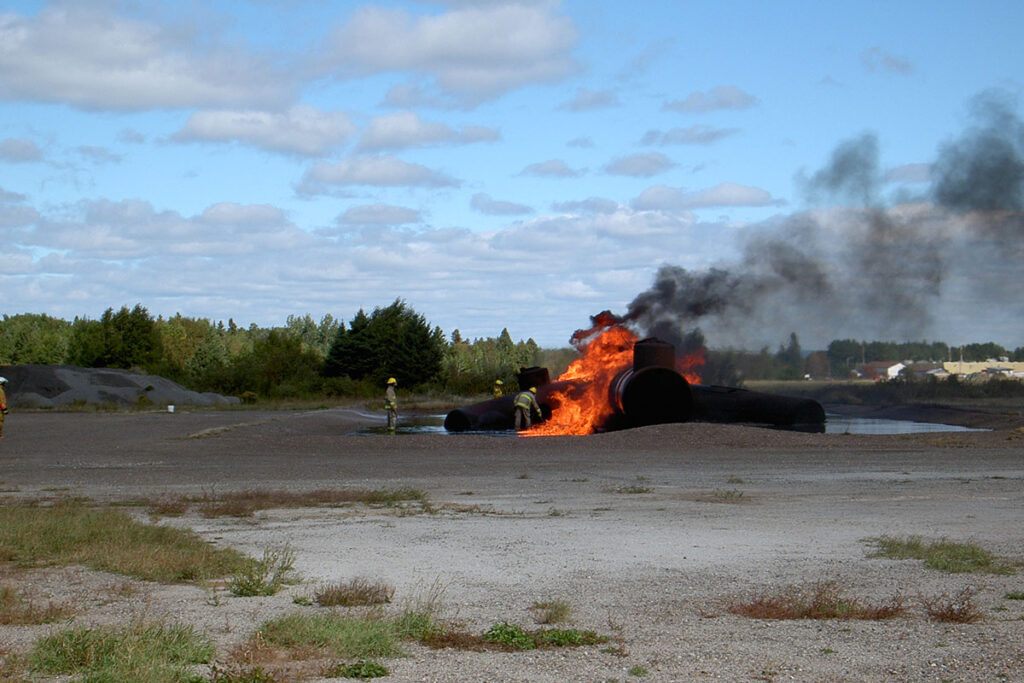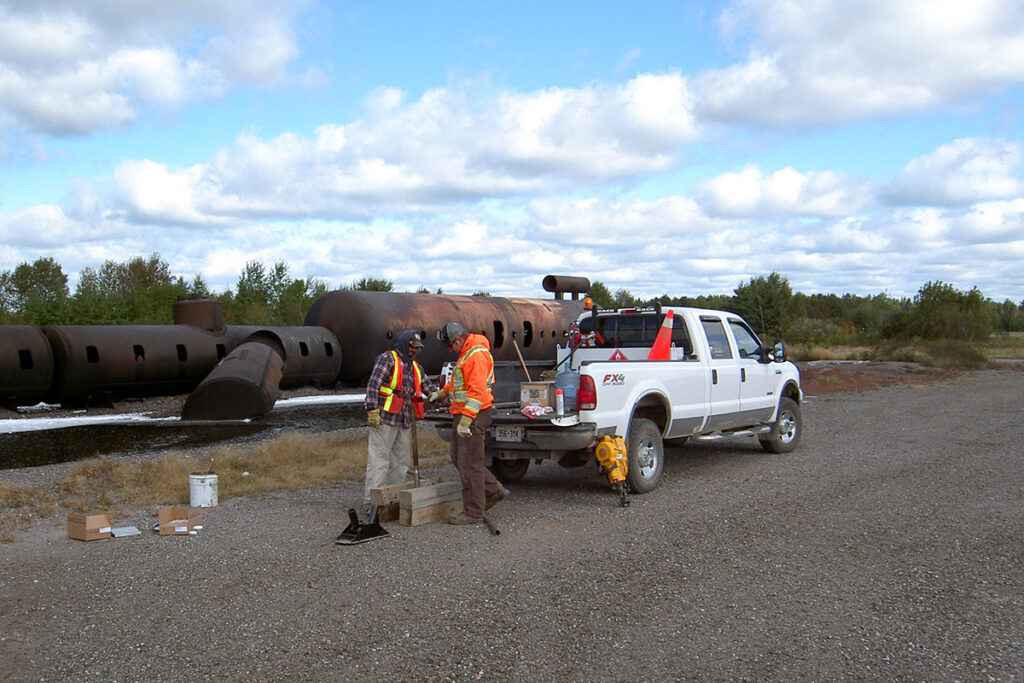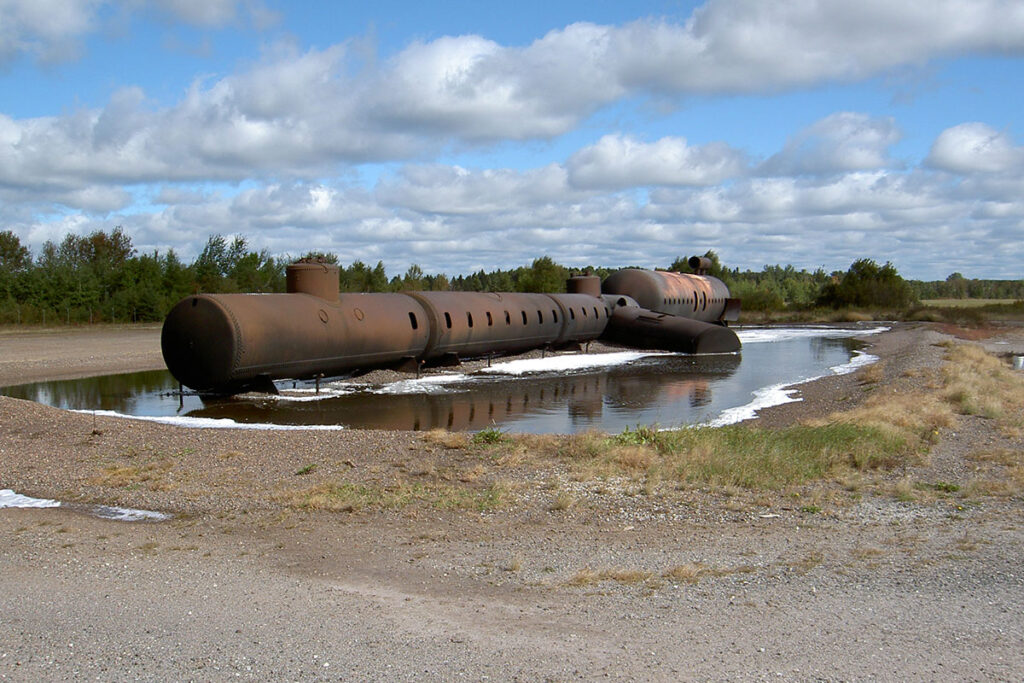Projects
Extinguishing Fires and Firefighter Training at North American Airports
For decades, airports in North America have been extinguishing fires and performing firefighter training using aqueous film-forming foam (AFFF) containing per- and poly-fluoroalkyl substances (PFASs). While PFASs principally provide the efficacy of AFFF as a firefighting agent against Class B fires, the discharge and release of AFFF containing PFASs to the environment presents potentially unacceptable human health and ecological risks.
Since the 1990s, data has been collected showing that earlier formulations of AFFF contained some PFASs that are persistent and bioaccumulative. As a result, environmental regulation and guidance was developed in response to ecotoxicological studies, standard field sampling techniques were standardized, and accuracy of laboratory analytical methods increased. In response to laws regulating these substantives, manufacturers have changed their AFFF formulations to contain shorter-chained PFASs, and remove PFOS and PFOA (i.e., two of the most prevalent and potentially problematic PFASs). Although advances have been made in risk management strategies and remediation technologies, research continues in identifying applicable, cost-effective approaches to managing AFFF, and related PFASs impacts at airports.
In 2015, Dillon was retained by the National Academy of Sciences for the Airport Cooperative Research Program (ACRP) to identify best management practices associated with management of AFFF-containing PFASs at airports via project ACRP 02-60: “Use and Potential Impacts of AFFF Containing PFASs at Airports.” Under the scope of ACRP 02-60, a survey of 167 airports in the US and Canada was conducted. Airport emergency responders and environmental managers were asked 30 questions about the management of AFFF at various life-cycle stages at their airport, including procurement, storage, application and disposal. The survey also sought to understand how airports have addressed legacy environmental impacts associated with PFASs in environmental media at airports.
Dillon prepared a reference document that identified current regulations and regulatory guidance on the management of AFFF at various life-cycle stages while addressing PFASs’ impacts in the environment, the current state of practice at civilian airports in the US and Canada, and best management practices to help guide airports mitigate future potential impacts and manage historical impacts associated with AFFF use and application. To help apply the findings of the research program with airport representatives, a screening tool was developed that allows airports to better integrate best management practices into the AFFF life cycle at their facilities, identify and manage potential risks associated with historical and/or current AFFF use at their site, and prioritize where resources need to be allocated to address AFFF and PFASs concerns.
The ACRP Research Report 173 was published in 2017.
Project Details
Project Partner: National Academy of Sciences
Business Unit: Contaminated Sites Management
Service Offering: Remediation, Revitalization, and Reclamation
